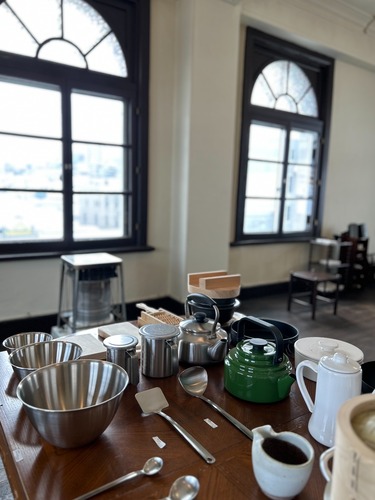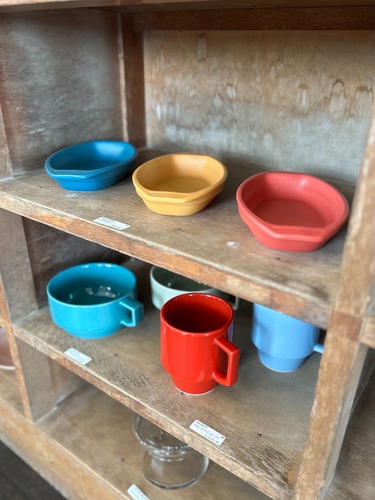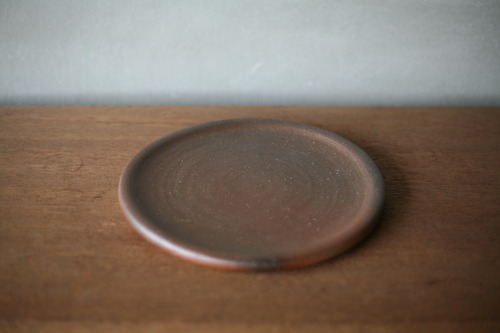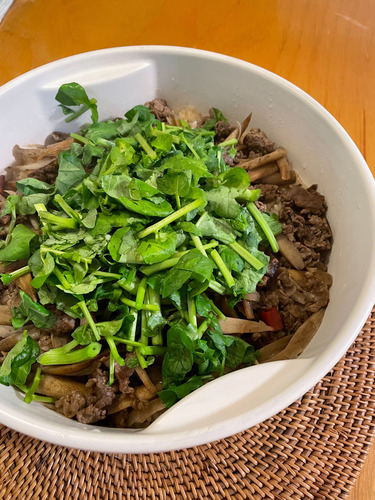

Starting today, Saturday, all four showrooms except the Imadegawa Showroom will be open for two days (Ginza and Wakamatsu will be open until Monday). Some new exhibits will be added today, so please come and visit us. We look forward to seeing you at our showrooms.
Showroom Information
https://www.shokunin.com/en/showroom/




